Organizational Talent Pools: 4 Steps to Developing Employees
HR Bartender
JUNE 14, 2018
(Editor’s Note: Today’s article is an excerpt from my new book, “ The Recruiter’s Handbook: A Complete Guide for Sourcing, Selecting, and Engaging the Best Talent “ (SHRM, 2018) SHRM members can order a discounted copy at the SHRMStore. However, creating a talent pool takes some planning. Stop by and say hello!).




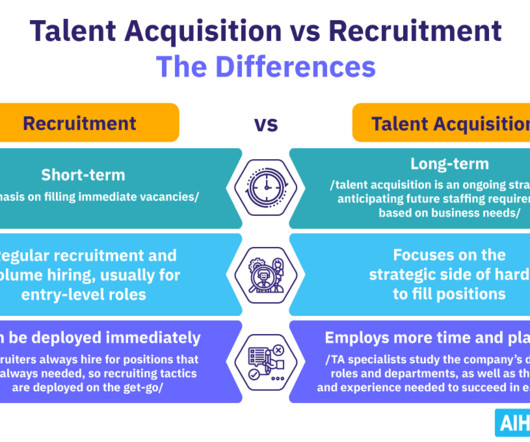






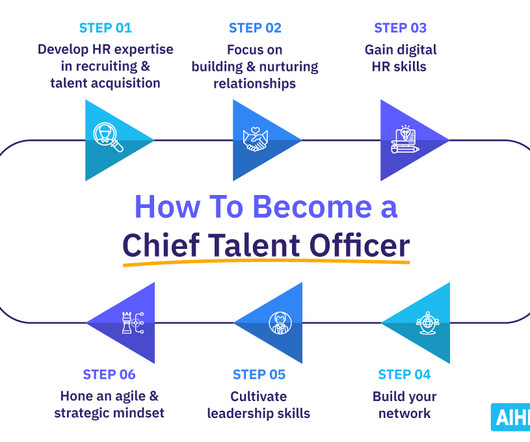










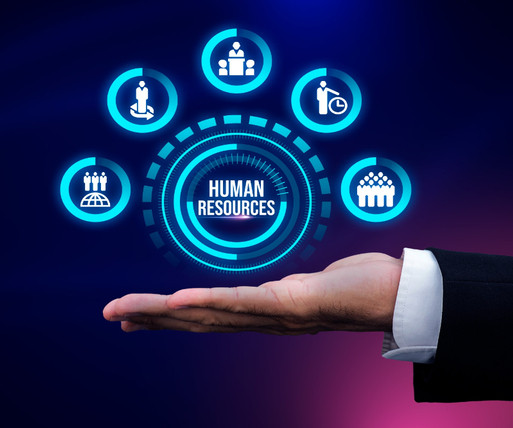


















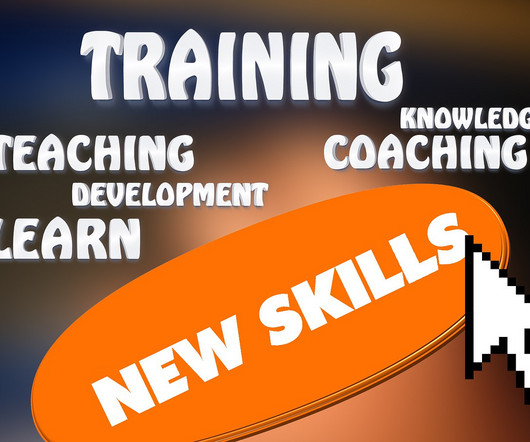
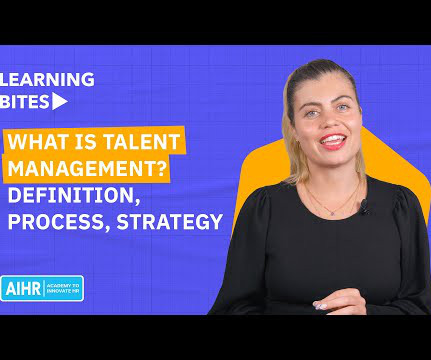












Let's personalize your content